Heat Tolerant Fruits - Growing Fruit In Hot Weather
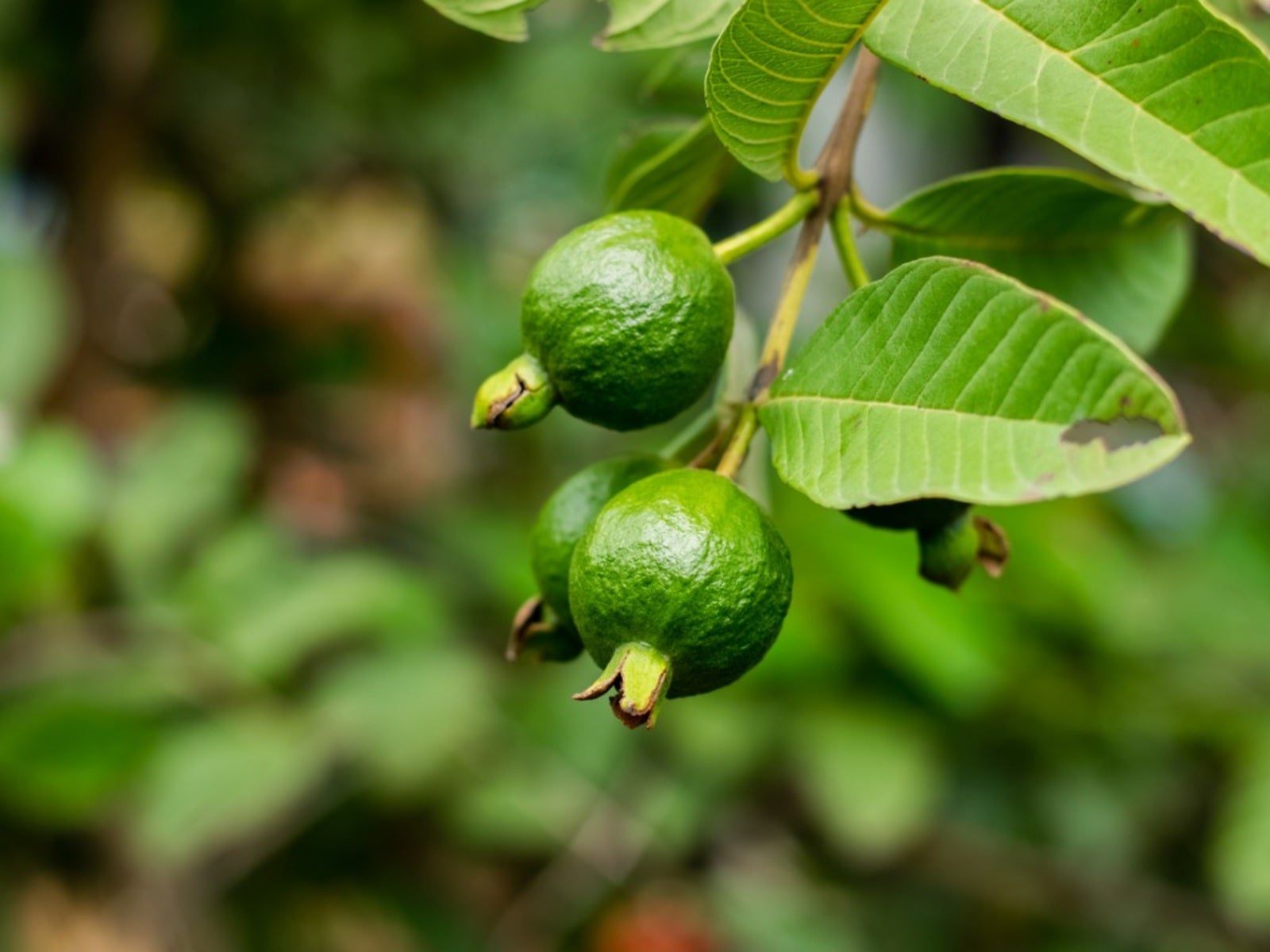

Some people like it hot, and many others just happen to live where summers are steamy. Gardeners in extremely warm climates may be looking for heat tolerant fruit trees that they can grow in their regions.
There are fruits that grow in extreme heat naturally: tropical fruits you can plant in your own hot backyard. But there are also specially cultivated, heat-tolerant varieties of fruits usually cultivated in mild climates. For more information on heat tolerant fruits, read on.
Fruit That Likes the Heat
Plants tend to prefer their native climates and grow best in these conditions. That’s why it makes sense that trees native to tropical climes will produce fruit that likes the heat. These range from the everyday to the exotic.
An example is the exotic dragon fruit (Hylocereus undatus), a vining cactus that only grows in the hottest zones, U.S. Department of Agriculture plant hardiness zones 10 through 11. This fruit - also called strawberry pear – has an outer shell with pink scales.
Growing fruit in hot climates is also easy with cactus varieties. These plants need well-draining soil and plenty of sunlight.
Heat-Tolerant Fruit Trees
The prickly pear cactus (Opuntia ficus-indica) is another plant that thrives in zones 10 and 11 and offers juicy fruit with a tropical flavor. The flowers that produce the fruit are extremely showy and ornamental. The fruit is also called barbary fig and cactus pear.
Guava (Psidium guajava) is another tropical fruit tree native to hot areas of Brazil. It’s a small-sized fruit tree great for container growing. The guava tree produces soft, heat tolerant fruits that taste like a mix of strawberries and pears. These fruits can be eaten fresh or used in jams and chutneys.
Gardening tips, videos, info and more delivered right to your inbox!
Sign up for the Gardening Know How newsletter today and receive a free copy of our e-book "How to Grow Delicious Tomatoes".
Fruits That Grow in Extreme Heat
Growing fruit in hot climates is not limited to tropical species. There are cultivars of ordinary fruits that have been bred to tolerate heat. Watermelon is one. Generally, watermelons don’t like temperatures above 70-80 degrees F (21-26.6 C.), but some cultivars can go even higher. For example, ‘Jubilee’ ‘Crimson Sweet’ and ‘Charleston Grey’ can take temperatures up to 90 degrees F (32 C.).
How about stone fruit like peaches and nectarines? Generally these trees have a fairly long chilling requirement, meaning a period of time when the weather drops into the cold zone. But new, low-chill cultivars with flesh that won’t melt in the heat have been developed in the Florida stone fruit breeding program. For example, 'UFO' is a donut-shaped peach cultivar that has a low chill requirement of only 250 chill units.
For nectarines, try these cultivars that all have an exceptionally low chill requirement. ‘UF Sun’ is a yellow flesh nectarine with red skin. Its chill unit requirement is only 100. Similarly, 'UFBest', also released by the UF breeding program (University of Florida), has yellow flesh and red skin. It also can get by with a chill unit of only 100.

Teo Spengler is a master gardener and a docent at the San Francisco Botanical Garden, where she hosts public tours. She has studied horticulture and written about nature, trees, plants, and gardening for more than two decades. Her extended family includes some 30 houseplants and hundreds of outdoor plants, including 250 trees, which are her main passion. Spengler currently splits her life between San Francisco and the French Basque Country, though she was raised in Alaska, giving her experience of gardening in a range of climates.
-
 Try The Trend – Turn Any Bed Into A Keyhole Garden With This Clever In-Ground Composter
Try The Trend – Turn Any Bed Into A Keyhole Garden With This Clever In-Ground ComposterKeyhole gardening is an efficient and sustainable practice that saves space. Get started on this DIY project quickly and easily with an in-ground composter.
By Bonnie L. Grant
-
 4 Superfast Composting Methods: Turn Waste Into Garden Gold In 30 Days Or Less
4 Superfast Composting Methods: Turn Waste Into Garden Gold In 30 Days Or LessTry the fastest composting methods to turbocharge your pile and transform kitchen scraps and garden waste into finished compost in just a few weeks.
By Mary Ellen Ellis
-
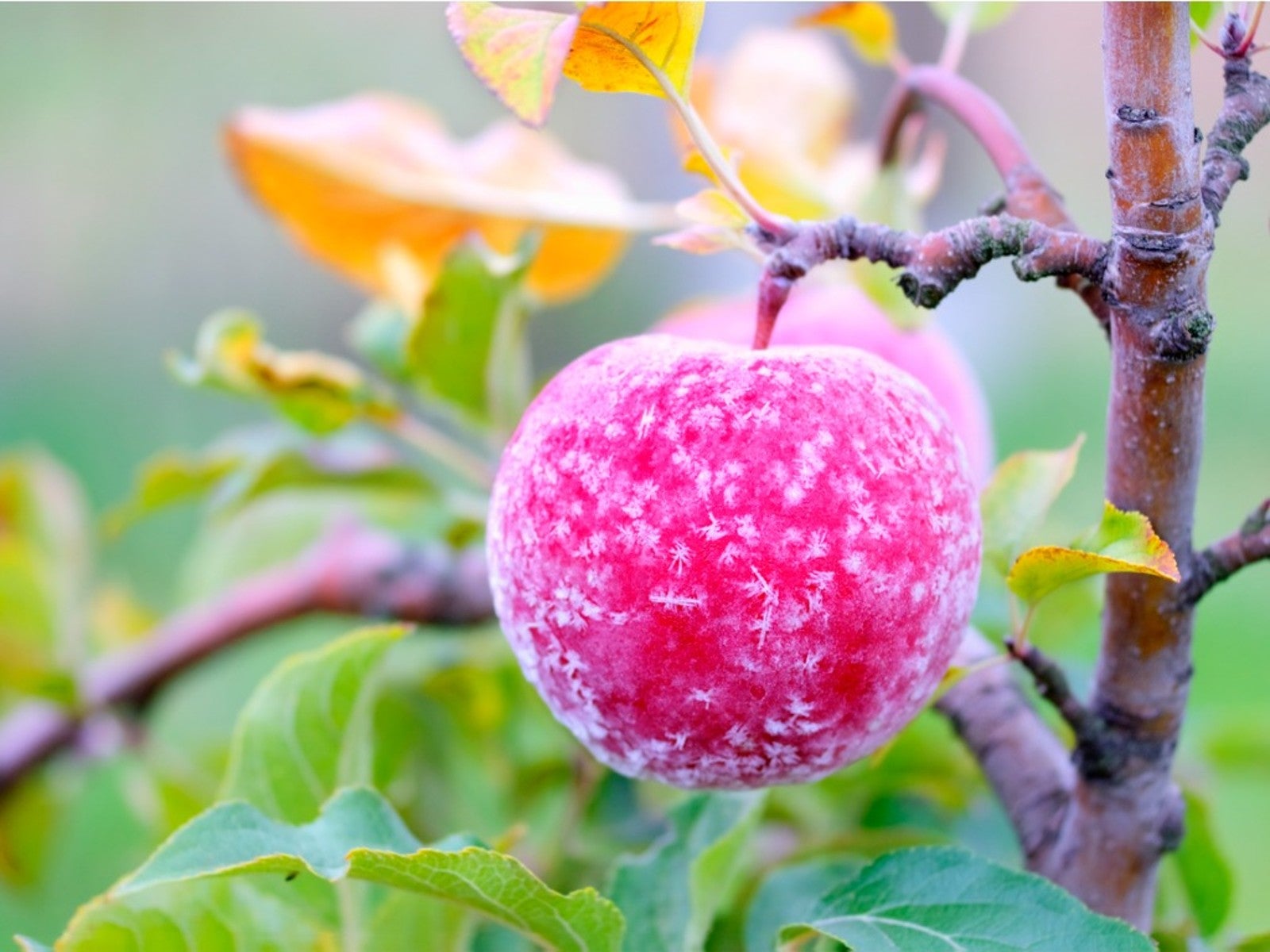 How To Protect Fruit Trees From Frost And Freeze
How To Protect Fruit Trees From Frost And FreezeChoosing fruit trees appropriate for your growing zone is best, but you still may need to protect them from extreme cold. Read how.
By Bonnie L. Grant
-
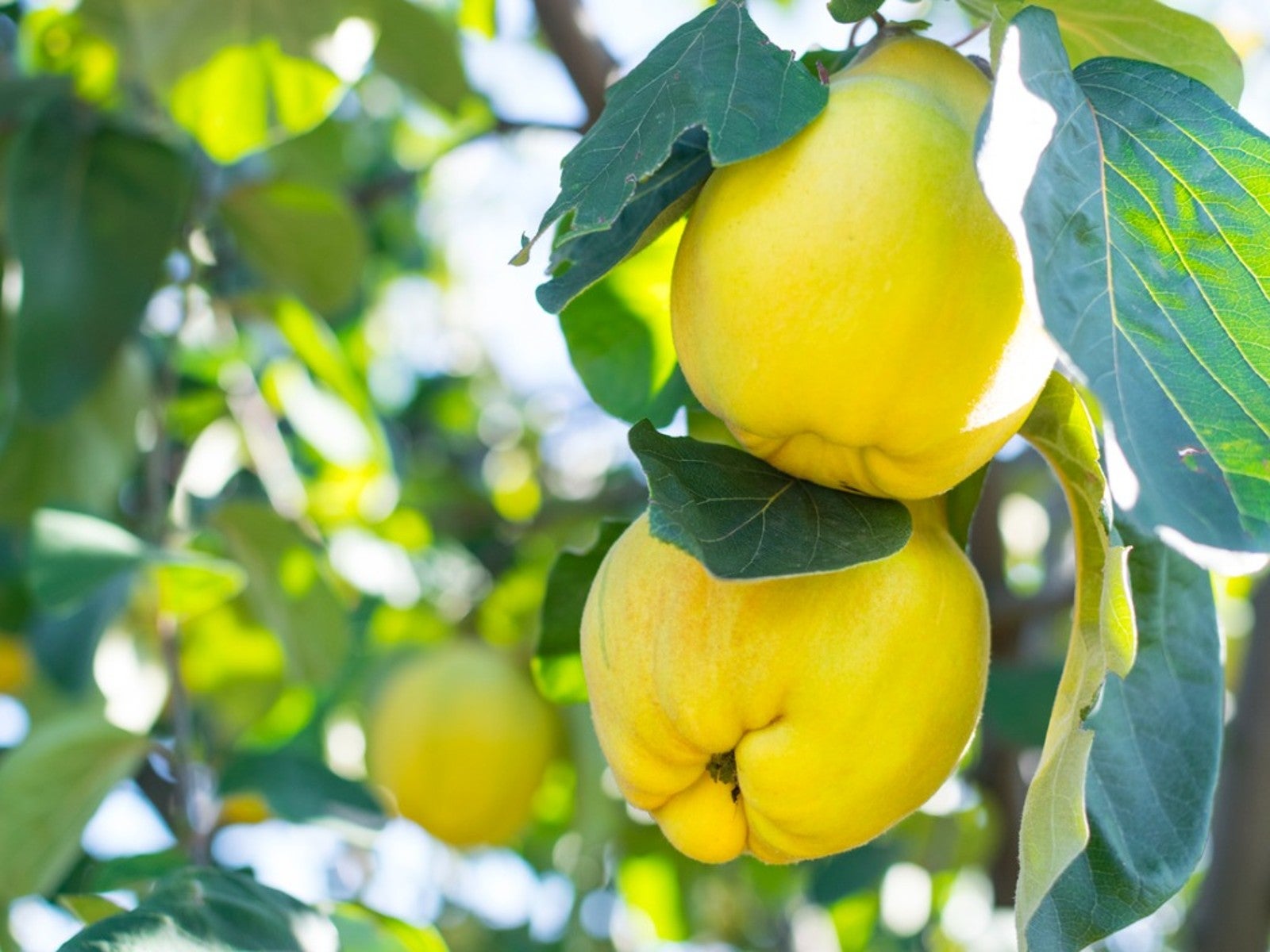 Best Plants For Late Summer and Fall Fruit Harvest
Best Plants For Late Summer and Fall Fruit HarvestEven if you don’t have the optimal conditions for more common fruit trees, there are other end of summer fruits to enjoy.
By Teo Spengler
-
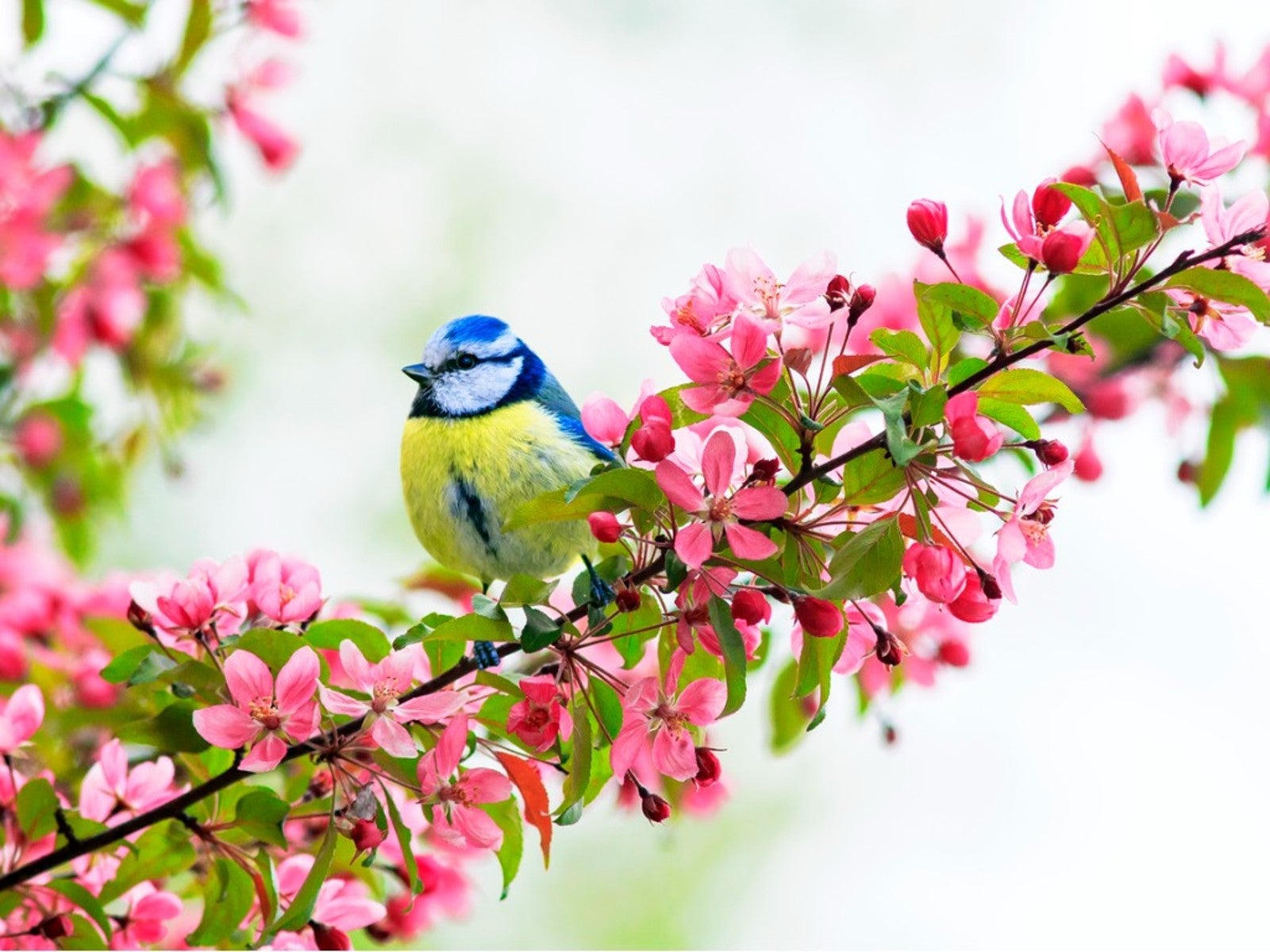 Best Native Fruit Trees To Support Wildlife
Best Native Fruit Trees To Support WildlifeIf you want trees that will attract and feed wildlife, learn the best kinds of edible fruit and nut trees to plant for inviting specific creatures.
By Teo Spengler
-
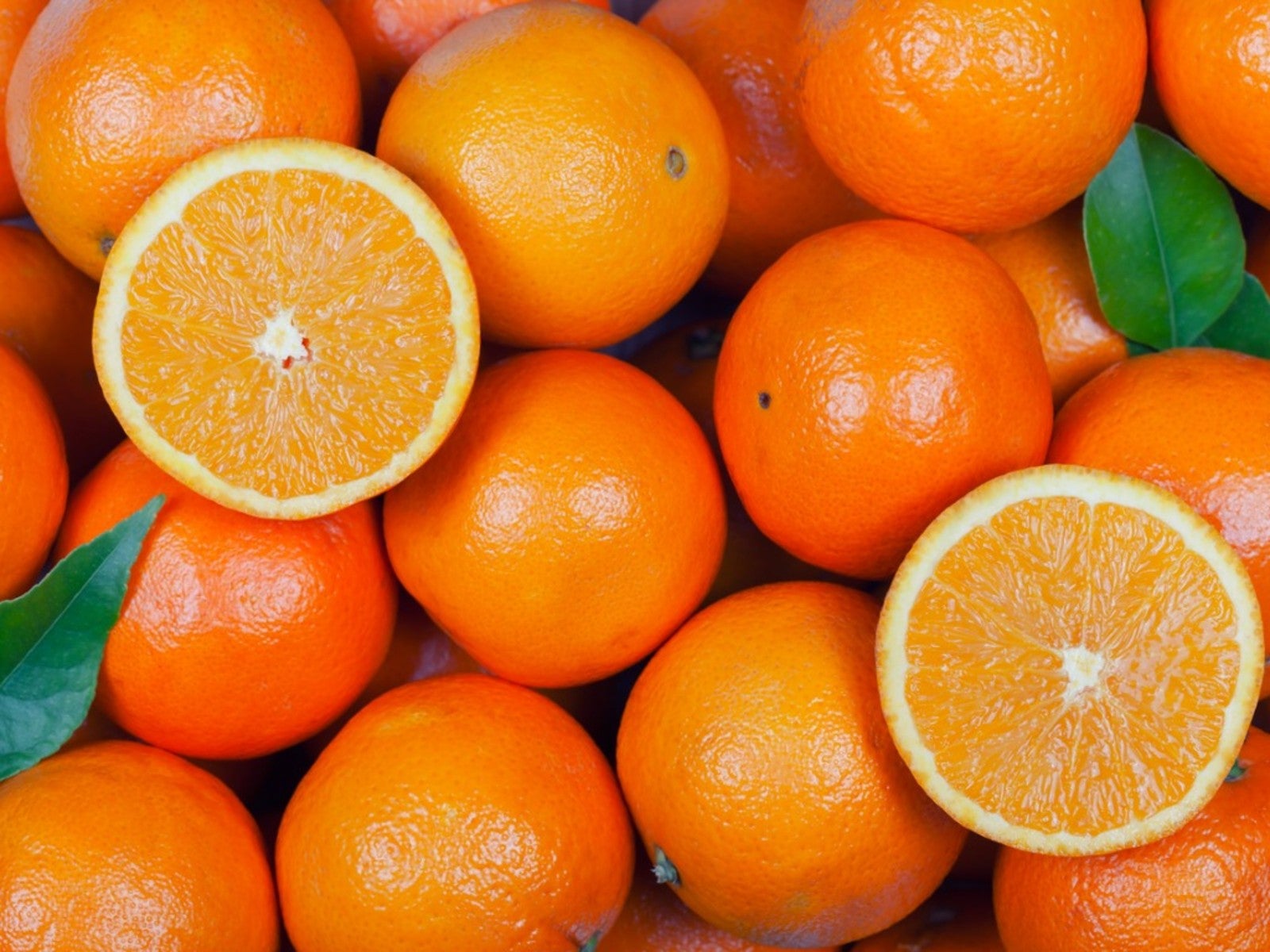 Orange Fruit Varieties: Growing Fruits That Are Orange
Orange Fruit Varieties: Growing Fruits That Are OrangeOrange colored fruit isn’t limited to the citrus orange. There are plenty of other orange colored fruit varieties, each packing a healthful punch. Read on for more.
By Amy Grant
-
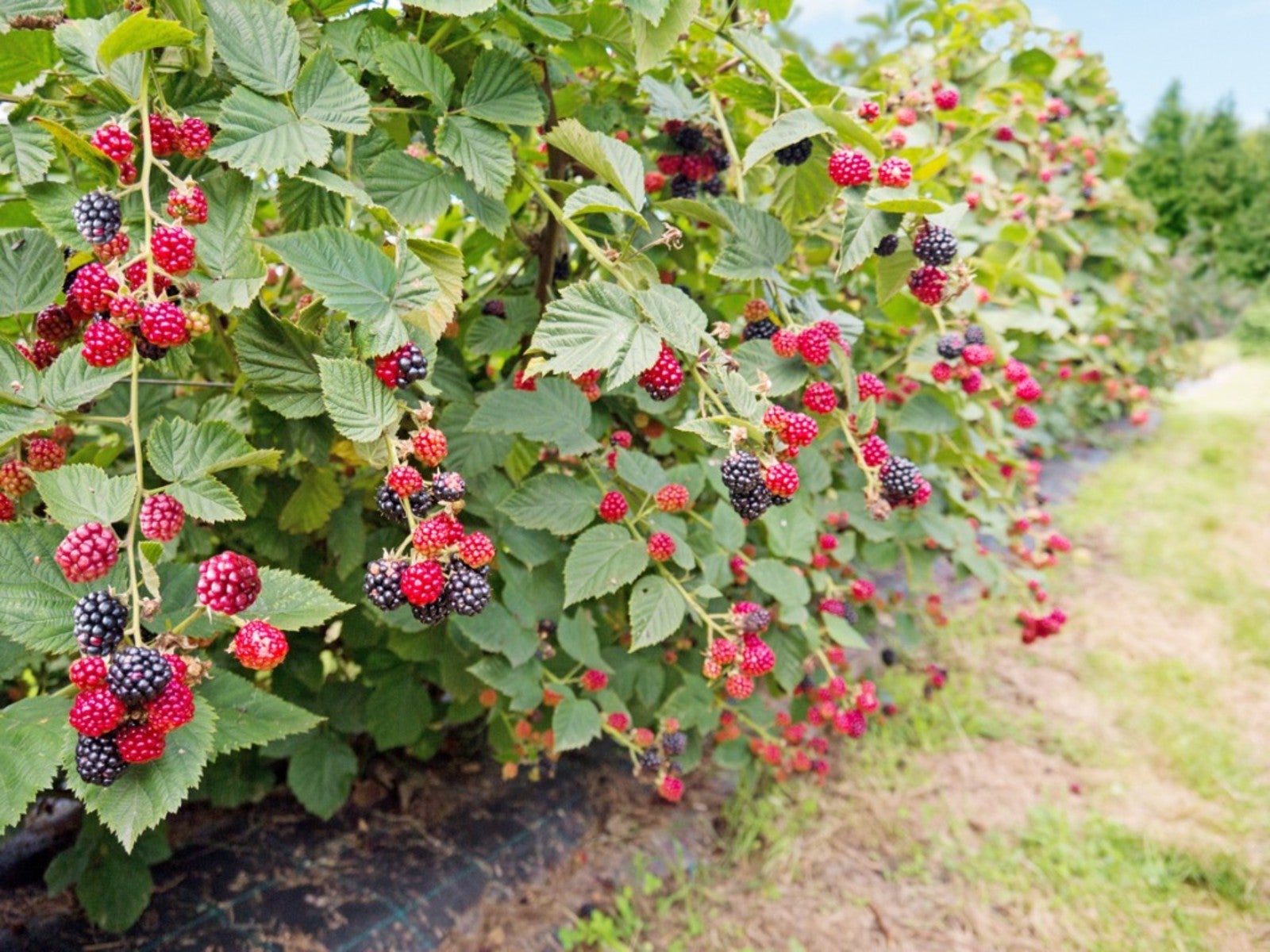 Everbearing Plants: Learn About Everbearing Varieties Of Fruit
Everbearing Plants: Learn About Everbearing Varieties Of FruitWhat does everbearing mean? And more importantly, how do everbearing varieties differ from non-everbearing types? Read on for more.
By Laura Miller
-
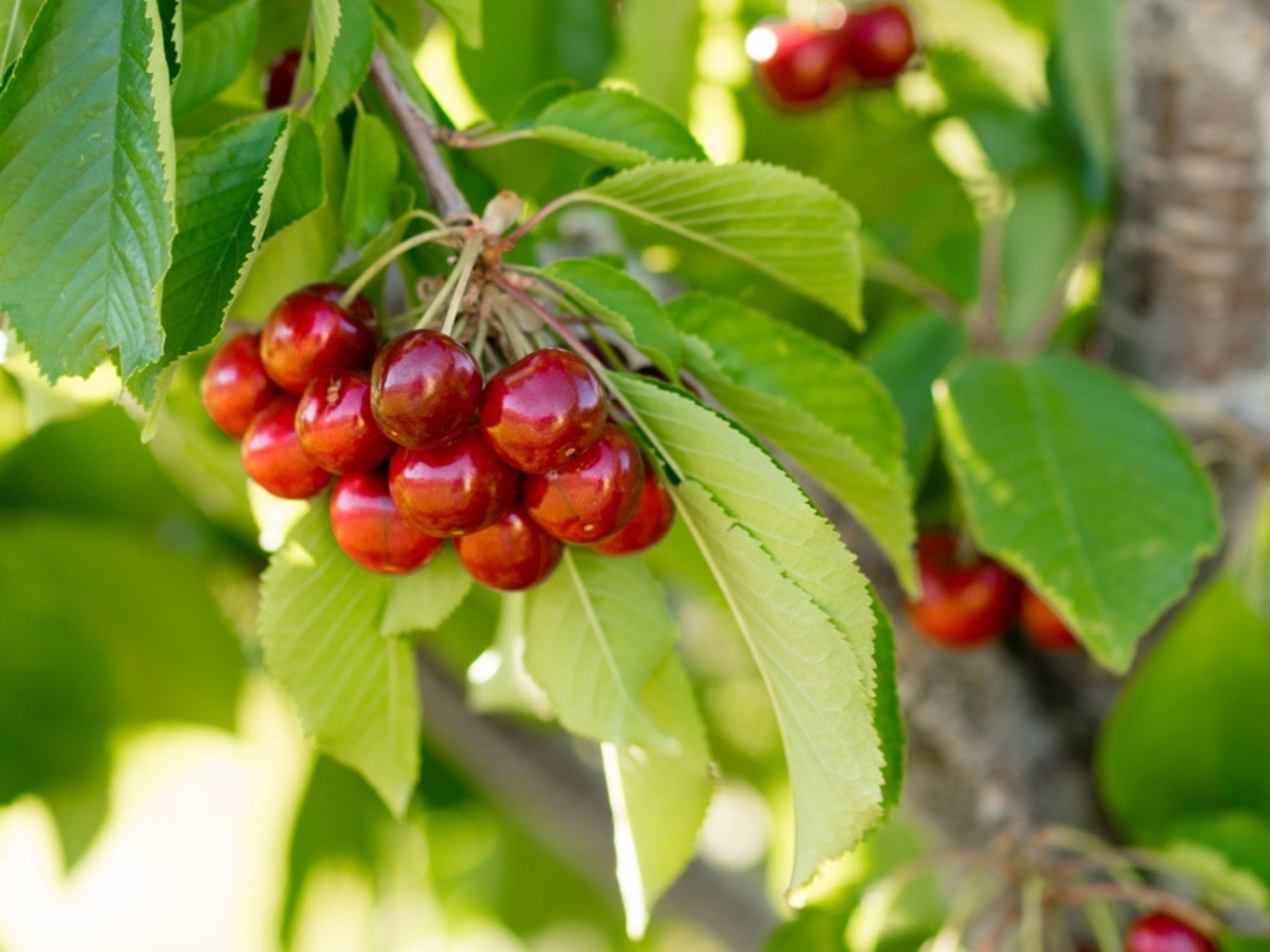 Plant A Red Fruit Garden: Growing Fruits With Red Flesh
Plant A Red Fruit Garden: Growing Fruits With Red FleshPlanting a red fruit garden may seem a bit whimsical. That is, until you realize the health benefits of consuming fruits with red flesh.
By Laura Miller
-
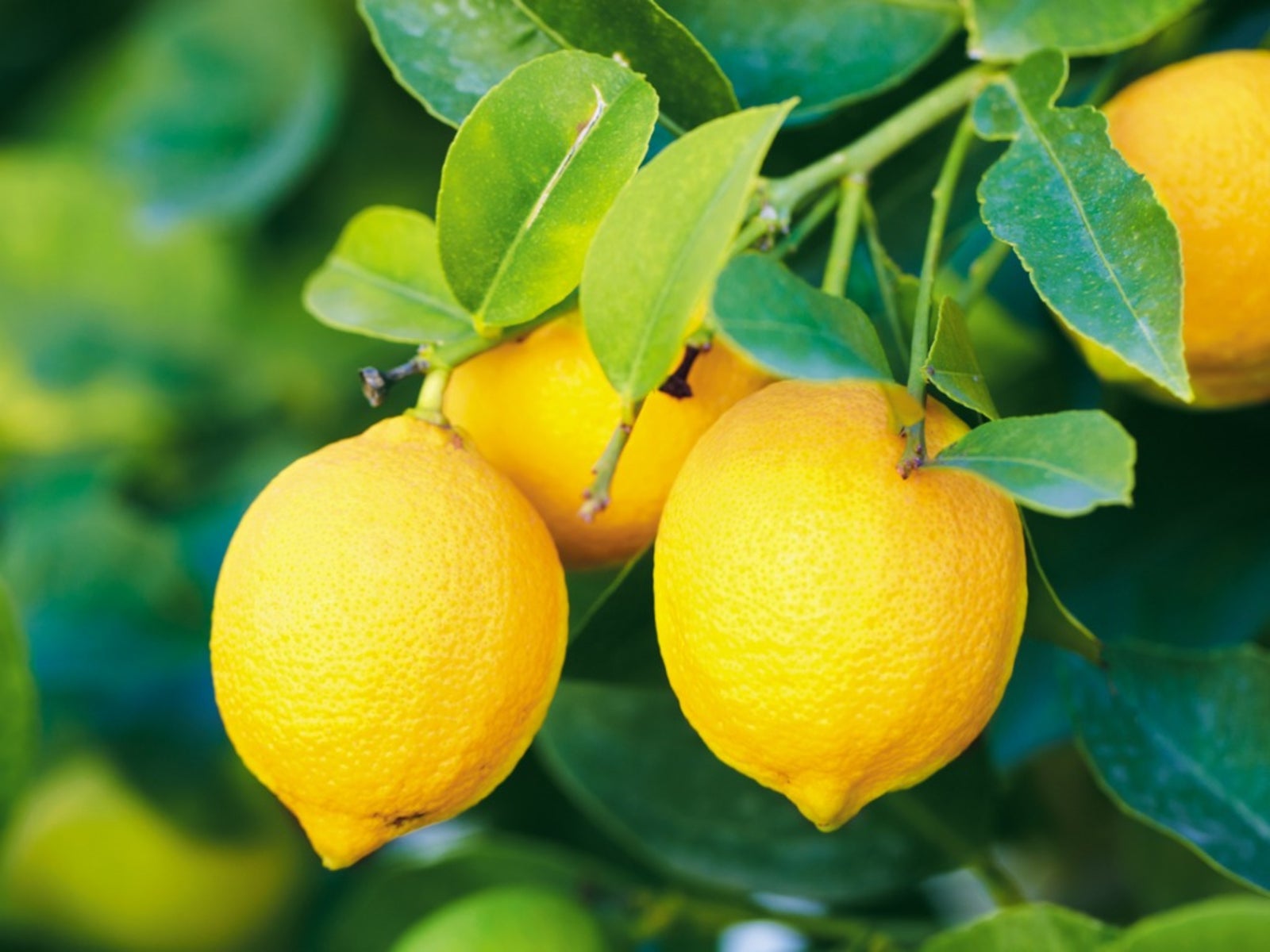 Yellow Fruit Varieties - Growing Fruit That Is Yellow
Yellow Fruit Varieties - Growing Fruit That Is YellowWhat fruit is yellow? There's more than the bananas at the supermarket. Try growing yellow fruit for a consistent supply of sunny food.
By Bonnie L. Grant
-
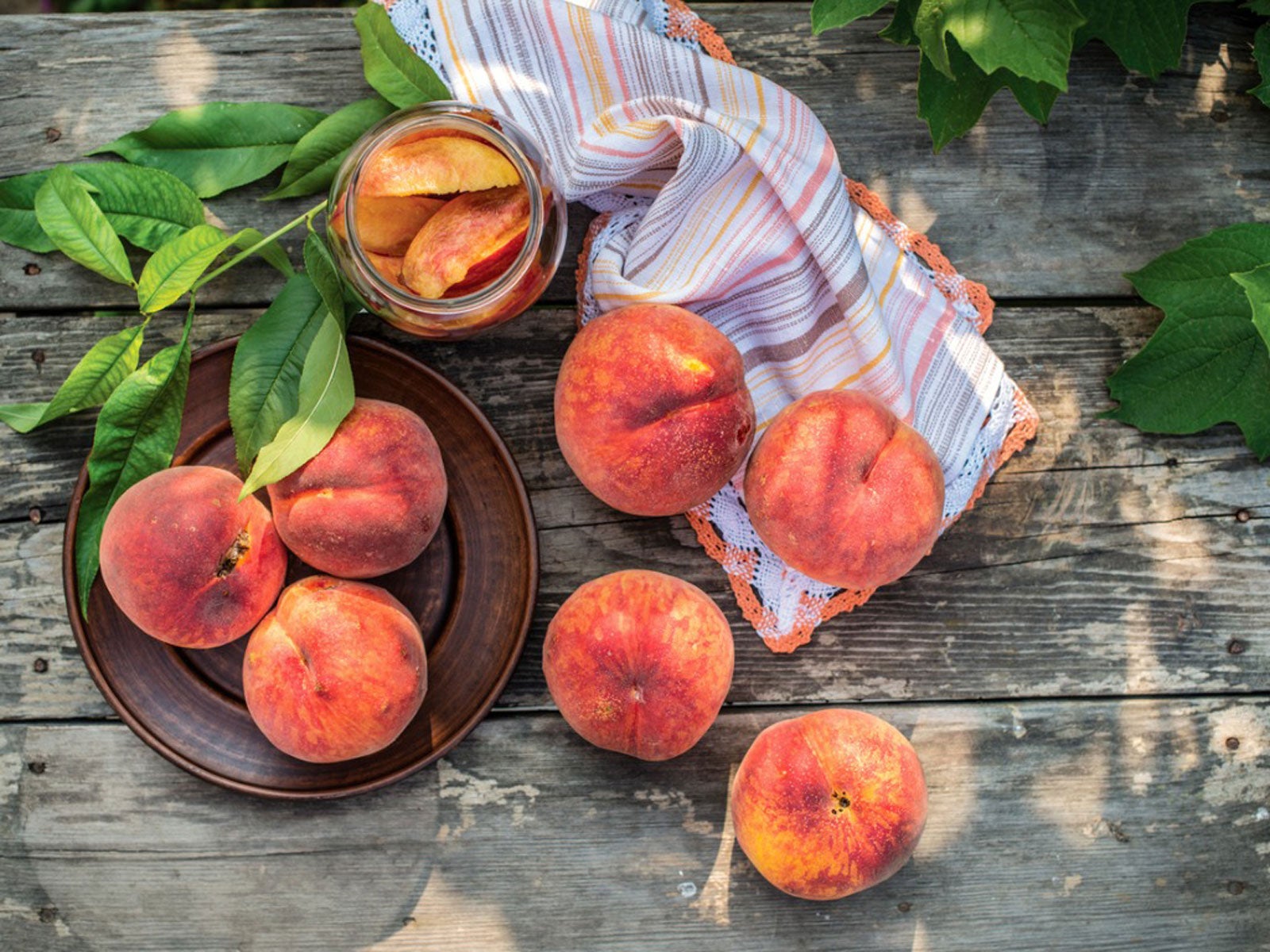 Post Harvest Cooling Guide – How To Cool Fruit Picked From The Garden
Post Harvest Cooling Guide – How To Cool Fruit Picked From The GardenPost-harvest cooling of fruit is used both commercially and by home gardeners. Cooling fruit is important for harvest quality. Click here to learn more.
By Tonya Barnett